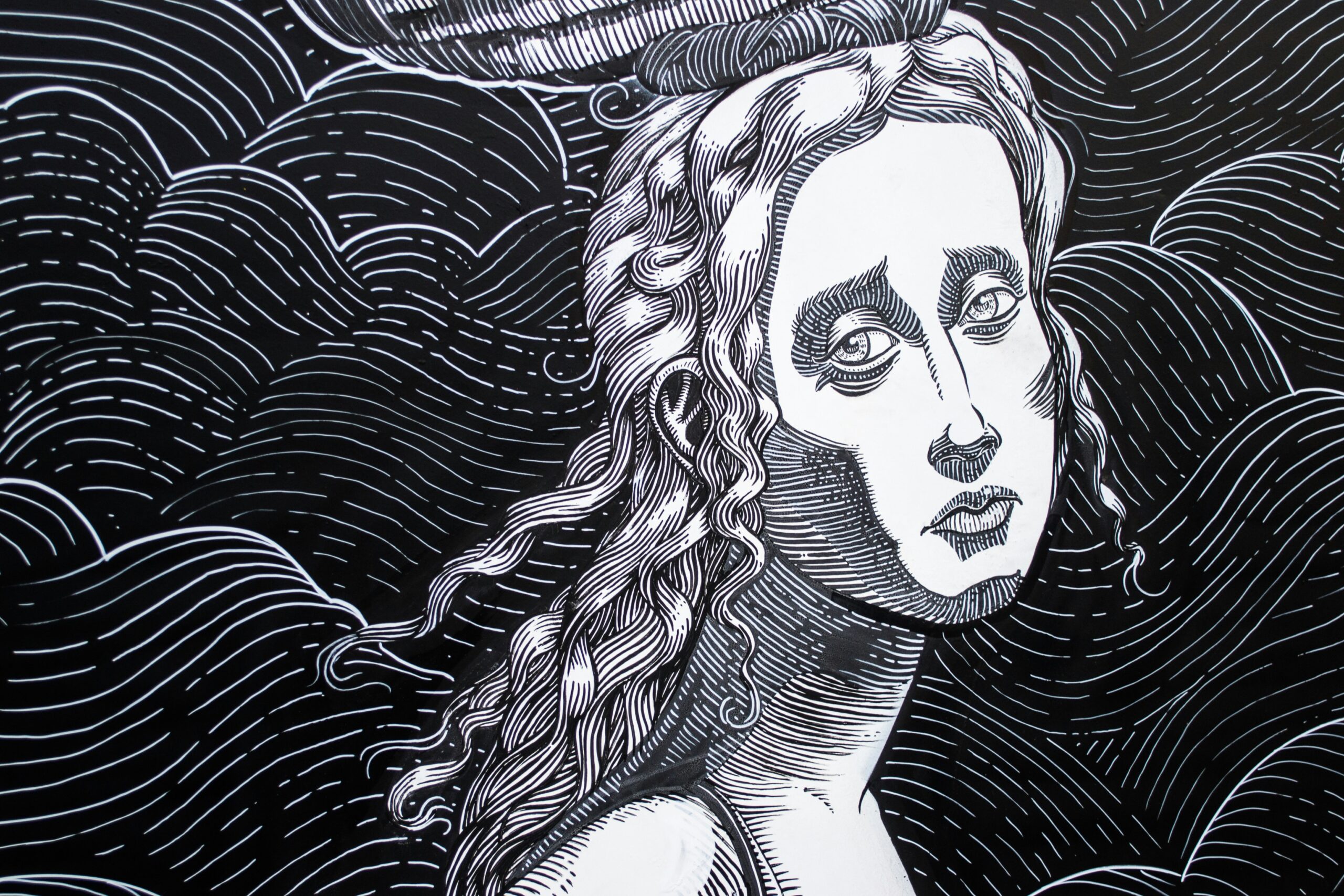
Digital illustration has undergone a significant transformation over the past few decades. Once considered a niche and experimental medium, it has now become a mainstream art form, influencing various industries such as advertising, publishing, gaming, and entertainment. This article explores the renaissance of digital illustration, examining the techniques that have emerged and the trends shaping its future.
The Evolution of Digital Illustration
Digital illustration began gaining traction in the late 20th century with the advent of personal computers and graphic design software. Early digital artists had to contend with limited tools and low-resolution screens. However, as technology advanced, so did the capabilities of digital illustration. High-resolution displays, pressure-sensitive tablets, and sophisticated software have opened up new possibilities for artists.
Key Techniques in Digital Illustration
- Vector Graphics:
- Definition: Vector graphics are created using mathematical equations, allowing for infinite scalability without loss of quality.
- Tools: Adobe Illustrator is a popular tool for creating vector illustrations.
- Applications: Vector graphics are ideal for logos, icons, and illustrations that require crisp, clean lines.
- Raster Graphics:
- Definition: Raster graphics are composed of pixels, which can lose quality when scaled up.
- Tools: Adobe Photoshop and Corel Painter are widely used for raster-based illustrations.
- Applications: Raster graphics are well-suited for detailed, complex images like digital paintings and photo manipulations.
- 3D Illustration:
- Definition: 3D illustration involves creating three-dimensional models that can be rendered into 2D images.
- Tools: Software like Blender, Autodesk Maya, and ZBrush are commonly used.
- Applications: 3D illustration is prevalent in video game design, animation, and product visualization.
- Mixed Media:
- Definition: Mixed media combines traditional and digital techniques to create unique artworks.
- Tools: Artists might use a combination of Adobe Photoshop, traditional drawing tablets, and physical media.
- Applications: This approach allows for a wide range of textures and effects, making it popular in editorial illustrations and concept art.

Emerging Trends in Digital Illustration
- Hand-Drawn Aesthetics:
- Despite the digital medium, there is a growing trend towards illustrations that mimic the look and feel of traditional hand-drawn art. Tools like Procreate and Adobe Fresco offer brushes and textures that replicate pencils, inks, and paints.
- Retro and Vintage Styles:
- Nostalgia plays a significant role in current trends, with many artists drawing inspiration from vintage posters, comics, and video games. This style often incorporates bold colors, grainy textures, and retro typography.
- Augmented Reality (AR) and Virtual Reality (VR):
- Digital illustration is expanding into immersive experiences. AR and VR platforms allow artists to create interactive and three-dimensional illustrations that users can explore in real-time.
- Minimalism and Flat Design:
- Simplified shapes, limited color palettes, and clean lines characterize the minimalist and flat design trends. These styles are particularly popular in UI/UX design and corporate illustrations.
- Cultural Diversity and Inclusivity:
- There is a growing emphasis on representing diverse cultures, identities, and experiences in digital illustration. Artists are increasingly mindful of inclusivity, reflecting a broader range of perspectives in their work.
Influential Digital Illustrators
Several artists have made significant contributions to the field of digital illustration, pushing the boundaries of what is possible:
- Loish (Lois van Baarle): Known for her whimsical and expressive characters, Loish combines vibrant colors with fluid lines, creating captivating digital paintings.
- Kyle T. Webster: A pioneer in digital brush design, Webster’s brushes for Adobe Photoshop have become industry standards, used by professionals worldwide.
- Pascal Campion: His heartwarming and emotive illustrations often depict everyday moments, blending simplicity with profound depth.
The Future of Digital Illustration
The future of digital illustration is bright and dynamic, driven by continuous technological advancements and evolving artistic trends. Artificial intelligence (AI) and machine learning are beginning to play a role in creative processes, offering tools that can assist with everything from color selection to composition. Additionally, the rise of blockchain technology and non-fungible tokens (NFTs) is opening new avenues for artists to monetize and distribute their work.
Conclusion
Digital illustration has truly experienced a renaissance, evolving into a sophisticated and versatile art form. The integration of traditional techniques with cutting-edge technology has expanded the possibilities for artists, allowing for endless creativity and innovation. As trends continue to evolve and new tools emerge, digital illustration will undoubtedly remain at the forefront of visual art, shaping the way we perceive and interact with the world.



